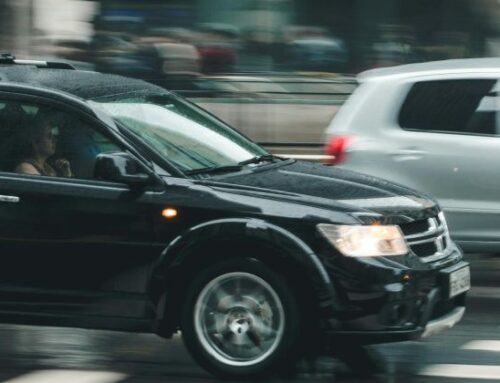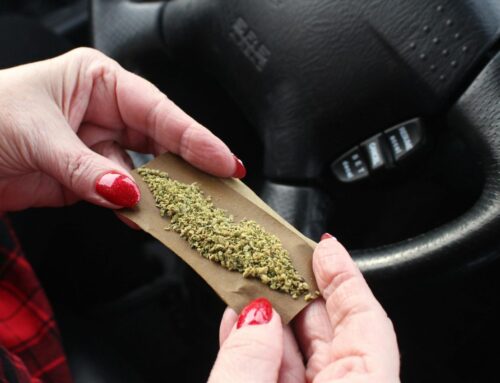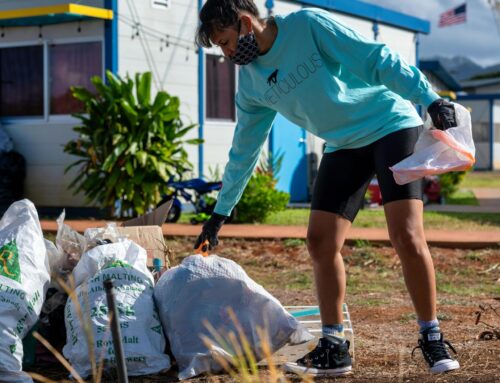In many ways, a personal injury attorney is also an insurance lawyer. The best personal injury attorneys are experts at identifying the insurance coverage available to injured people. This is because insurance coverage is a guaranteed source of money to compensate or pay injured people for their damages. All of us pay premiums for insurance coverage so that it will protect us from having to dip into our savings or liquidate our assets if we inadvertently injure someone. You need to understand what insurance coverage you have. Generally, personal injury lawyers can only move cases forward that have insurance coverage. It is rare that a personal injury case will go after an individual’s personal assets (like bank accounts, wages, or personal property), because it is very difficult to obtain funds from these sources even after a judgment is entered by a court.
That’s why identifying potential sources of insurance coverage (sometimes called “sources of recovery”) is one of the most important things we do when representing our clients. Insurance is money, plain and simple. The lawyers at Roadrunner Law Firm are considered experts in the process of finding, identifying, and obtaining insurance coverage in auto and other kinds of injury claims.
TYPES OF INSURANCE COVERAGE AFTER A CAR CRASH
After a crash, adjusters throw around many words and terms. It is confusing to understand what they are talking about. There may be more than one kind of coverage available to you after you’ve been hurt in a car crash, so it’s important that you understand what insurance coverage you have.
Liability Coverage:
Liability insurance is a kind of insurance carried by the person who caused the injury. There are two kinds of liability coverage—PROPERTY DAMAGE, which will pay you for the damage to your car, and BODILY INJURY, which will pay you for your injuries. Your injuries include your medical bills, lost wages, pain and suffering, and loss of enjoyment of life. For automobile claims, in the state of New Mexico, all drivers are required to carry at least $25,000 in liability coverage per person, and $50,000.00 in liability coverage per incident. This is spelled out in the New Mexico Mandatory Financial Responsibility Act, NMSA 1978, § 66-5-201 et seq. As expert personal injury lawyers, we can find and identify liability coverage from a police report, or we can search the database held by MVD, or sometimes our client may have exchanged information with the liable driver at the scene of the accident. We confirm the availability of liability coverage by opening a claim within 24 hours of being retained by our clients, and by following up with the liability insurance carrier as necessary until they acknowledge our client’s claim.
Uninsured and Underinsured Motorist Coverage:
Uninsured/Underinsured motorist coverage, sometimes called “UM/UIM” insurance, is coverage carried by our clients on their own auto insurance policy. It steps in to pay a client’s damages when the person who caused the injuries did not have insurance, or when that person fled the scene (hit and run driver), or when the client’s injuries are worth more than the person who caused the crash had in their insurance policy. We identify this coverage by obtaining our client’s policy number, policy card or booklet, or other identifying info from our client. We confirm this coverage by opening an uninsured/underinsured motorist claim within 24 hours of being retained by our client. Like liability coverage, there are two kinds of UM/UIM coverage—property damage and bodily injury. Each pays for the same kinds of damages as liability insurance. If you want more information to understand what insurance coverage you have in regards to UM/UIM insurance, watch our informational video:
Medical Payments Coverage:
Sometimes called “medpay,” this is a kind of optional kind of “health insurance” carried on our client’s own auto insurance policy. It exists to pay for medical bills that the client would otherwise be out of pocket for, and can pay for things like co-pays, deductibles, chiropractic care, acupuncture and other alternative treatments, and other bills. It can work with or independently from other health insurance. It is important to understand that medpay needs to be reimbursed to the auto carrier after a settlement is reached with a liable driver.
Collision Coverage:
This is a kind of property damage coverage carried on our client’s own auto policy. It is generally an optional coverage, unless the client has financed their vehicle (most finance companies require you to carry collision coverage). So not everyone has this coverage available to them. If you carry it, collision coverage will pay for all of the damage to your vehicle, up to the fair market value if it is a total loss, minus the deductible, regardless of who is at fault for the accident. If you do not carry it, you will have to go through either the other driver’s liability insurance or your own UM/UIM coverage if the person did not have insurance to pay for your vehicle damage.
Comprehensive Coverage:
This is also a kind of property damage carried on a client’s own automobile policy. It carries a deductible that you have to pay (anywhere between $250 and $1,000, usually) but once you pay that amount the insurance company will pay for the rest of your repair or total loss. Comprehensive insurance protects your car in the event of non-collision damage, like hail damage from hailstorms or even theft of your vehicle.
Gap Insurance:
Automobiles depreciate in value as soon as you drive them off the car lot. Add to this the fact that there are shady dealerships out there who will take advantage of you, and you sometimes get the bad situation where you are “upside down” on your car after a crash. This means that your car has been totaled but you owe more on the car than it is actually worth. The insurance company only has to pay you the fair market value of your car, and that can be less—sometimes a lot less—than you owe to the finance company. Gap insurance is purchased at the time you buy your car from the dealership, and is rolled into your monthly car payment. It is there to protect you if you encounter an “upside down” situation. Gap insurance steps in to pay the difference between what you owe and what the car is actually worth so that you aren’t left holding the bag after a bad crash.
“Full Coverage:”
A lot of our clients tell us they have “full coverage.” They think this means that they have all of the coverages we listed above. But unfortunately, this is not true. “Full coverage” simply means that you have liability coverage to pay someone if you hurt them or damage their car plus collision and comprehensive coverage. It does NOT include optional coverages like uninsured/underinsured motorist coverage, medical payments coverage, or rental coverage. It is very important that when you apply for insurance, you have a long talk with your agent or read everything provided online so that you understand what insurance coverage you have. Uninsured/underinsured motorist coverage, for example, is hugely important, but many people do not understand what it is for, and reject it because they don’t want to pay an extra charge on their list of premiums. This is a huge and potentially very costly mistake, because if you are hit by an uninsured driver and you are injured or your car is totaled, and you do not have UM/UIM coverage you are out of luck and will not get paid for your damages.
Call Us
When you have been involved in a car crash, one or more of these kinds of insurance may be in play. The insurance companies will never tell you all of the coverage that you might be entitled to claim. That’s why you need an expert attorney to look at all the possible sources of money available to you after a collision. If you’ve been injured, call us today. (505) 444-4321.



